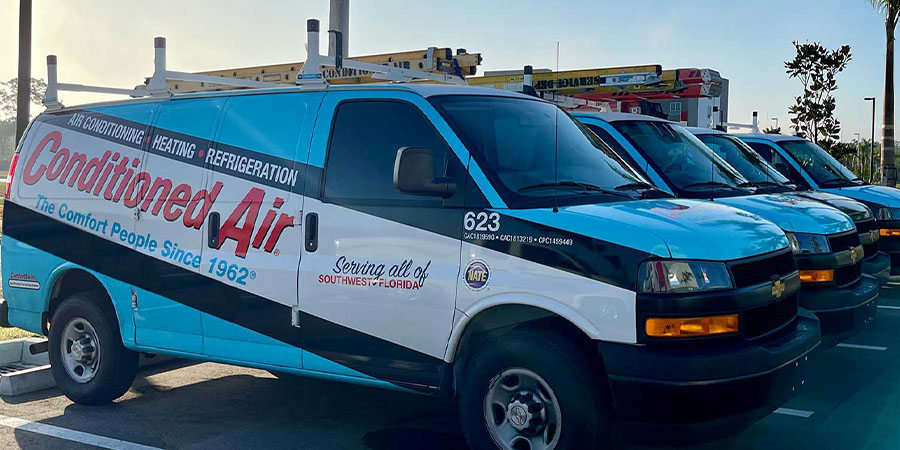Introduction
Imagine stepping into a room on a scorching summer day, and instantly feeling a refreshing coolness that soothes your skin. Or coming in from the bitter cold of winter and experiencing the warmth that envelopes you. These delightful moments are made possible by conditioned air, a technology that has revolutionized the way we experience comfort in our indoor spaces. In this article, we will delve into the concept of conditioned air, its working principles, and how it plays a crucial role in maintaining ideal indoor environments.
Understanding Conditioned Air
What is Conditioned Air?
Conditioned air refers to the process of altering the temperature, humidity, and cleanliness of indoor air to create a comfortable and healthy living or working environment. This is commonly achieved through the use of heating, ventilation, and air conditioning (HVAC) systems, which are designed to regulate the indoor climate.
The Science Behind It
The science behind conditioned air lies in the principles of thermodynamics and psychrometrics. Thermodynamics deals with the transfer of heat and energy, while psychrometrics studies the properties of moist air and its behavior under various conditions. By harnessing these scientific principles, HVAC systems can control temperature and humidity levels, ensuring optimal comfort for occupants.
How Does Conditioned Air Work?
1. Heating
In colder months, heating is essential to maintain a cozy indoor atmosphere. HVAC systems utilize heat pumps, furnaces, or boilers to generate warmth. The heated air is then distributed through vents and radiators, raising the indoor temperature to the desired level.
2. Cooling
When the heat of summer becomes unbearable, cooling comes to the rescue. Air conditioners remove heat and moisture from indoor air, delivering cooler air in return. This process involves the compression and expansion of refrigerants to achieve the desired cooling effect.
3. Ventilation
Ventilation is a crucial aspect of conditioned air as it ensures the circulation of fresh outdoor air while expelling stale indoor air. This process helps to maintain indoor air quality and prevent the buildup of pollutants and allergens.
4. Humidification and Dehumidification
Humidity control is essential for comfort and health. Humidifiers add moisture to dry indoor air, preventing issues like dry skin and respiratory problems. Conversely, dehumidifiers reduce excess moisture, preventing mold growth and enhancing indoor air quality.
The Benefits of Conditioned Air
1. Comfort
The primary benefit of conditioned air is the comfort it provides. Whether it’s combating the sweltering heat or facing the chilly winter, conditioned air keeps indoor environments pleasant all year round.
2. Health and Well-Being
Properly conditioned air improves indoor air quality, reducing the risk of respiratory issues and allergies caused by pollutants, dust, and mold.
3. Energy Efficiency
Modern HVAC systems are designed to be energy-efficient, helping to reduce utility bills while minimizing environmental impact.
4. Productivity and Performance
In commercial settings, conditioned air contributes to improved productivity and efficiency among employees, creating a conducive work environment.
Common Misconceptions about Conditioned Air
1. Air Conditioning is Only for Cooling
Contrary to popular belief, air conditioning doesn’t solely provide cooling. It also regulates humidity levels and can be used for heating during colder months.
2. Air Filters are Optional
Many assume that air filters in HVAC systems are just an added expense. However, they play a vital role in maintaining indoor air quality and extending the lifespan of the system.
3. Cranking Up the Thermostat Cools the Room Faster
Some believe that setting the thermostat to extreme temperatures will cool the room faster. In reality, it only results in energy wastage and doesn’t speed up the cooling process.
Conclusion
Conditioned air is a marvel of modern technology that has transformed the way we experience indoor environments. Through the ingenious use of heating, ventilation, and air conditioning systems, conditioned air provides us with comfort, health benefits, and increased productivity. Understanding the science and benefits behind conditioned air empowers us to make informed decisions about the systems we install in our homes and workplaces.





Leave a reply